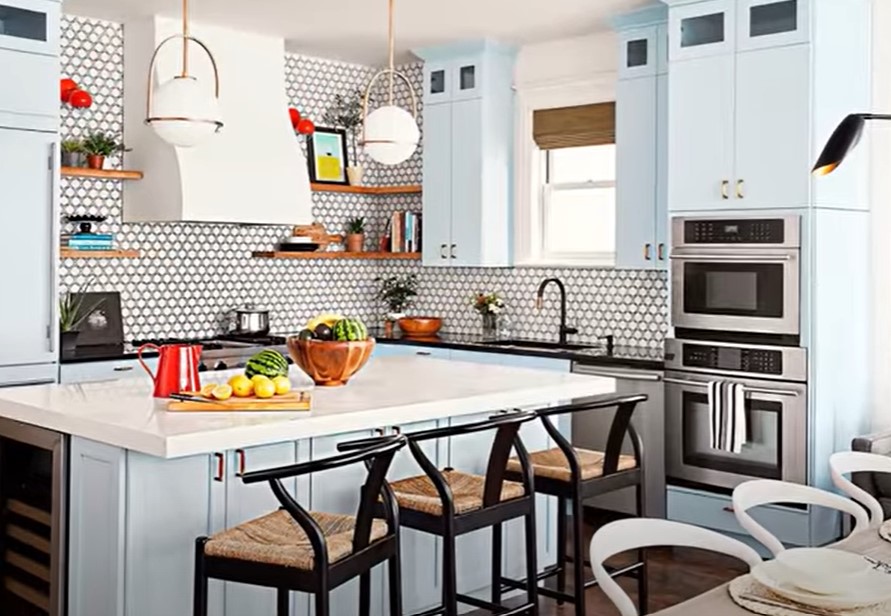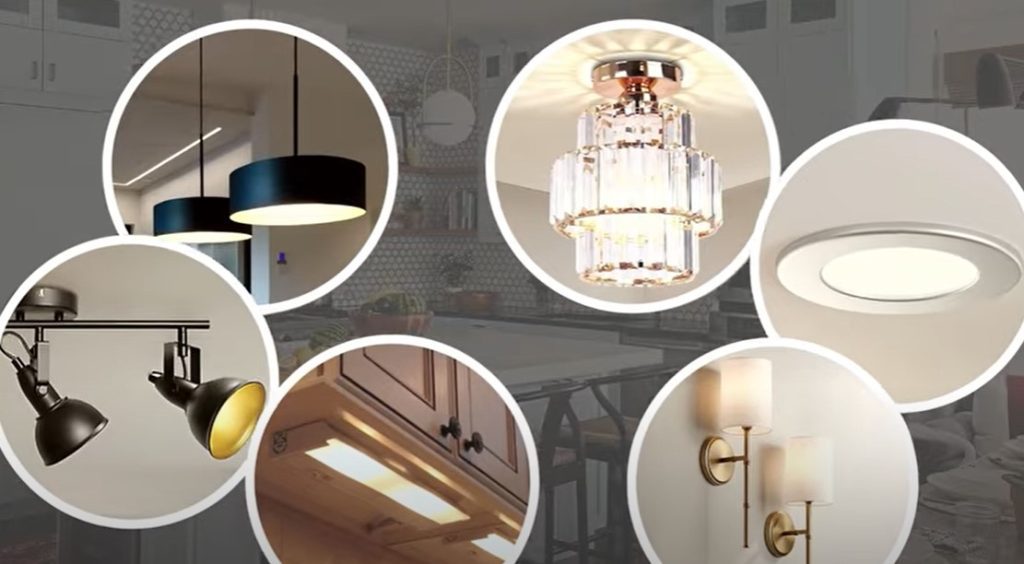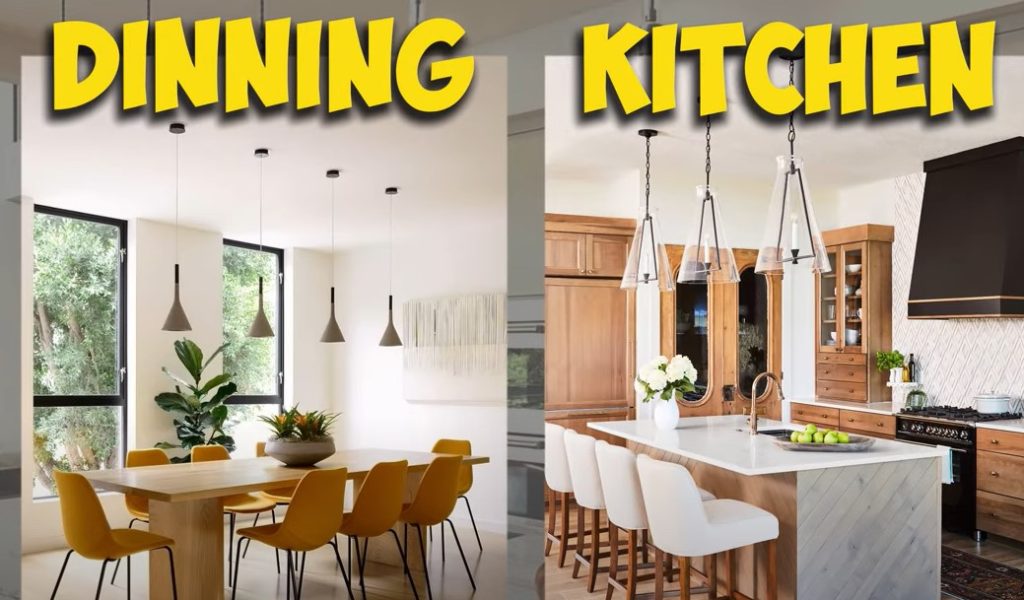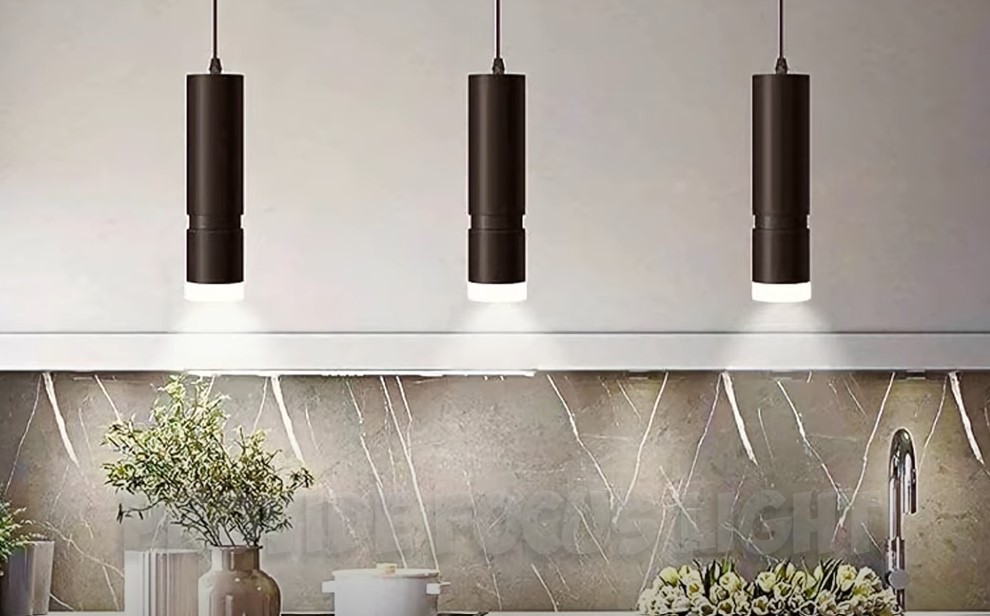Dining Room LED Lighting Ideas: A Guide To LED Lighting Ideas
Transforming your dining room into a warm and inviting space is all about the details, and lighting plays a crucial role. This comprehensive guide explores dining room LED lighting ideas, helping you choose the perfect illumination for your needs and style. We’ll cover everything from different types of LED lights to installation tips and troubleshooting…
Transforming your dining room into a warm and inviting space is all about the details, and lighting plays a crucial role. This comprehensive guide explores dining room LED lighting ideas, helping you choose the perfect illumination for your needs and style. We’ll cover everything from different types of LED lights to installation tips and troubleshooting common issues. You’ll learn about ambient, task, and accent lighting, plus discover creative ways to enhance the ambiance of your dining area. Let’s get started!
LEDs, or Light Emitting Diodes, are semiconductor devices that convert electricity into light. Unlike incandescent bulbs that produce heat, LEDs are energy-efficient and long-lasting, boasting significantly longer lifespans. This makes them a cost-effective and environmentally friendly choice for your dining room.
There are numerous advantages to using LEDs
in your dining room. Their energy efficiency translates to lower electricity bills. Their longevity means fewer replacements, saving you time and money. Plus, LEDs offer a wide range of color temperatures, from warm white to cool white, allowing you to set the perfect mood.
Key Features of LED Dining Room Lighting

LED lighting offers several key features crucial for dining room design. These include:
- Dimmability: Many LED lights are dimmable, allowing you to adjust the brightness to suit the occasion.
- Color Temperature Control: Choose from warm, cool, or daylight color temperatures to create different atmospheres.
- Energy Efficiency: LEDs consume significantly less energy than traditional incandescent or halogen bulbs.
- Long Lifespan: LEDs last much longer than other bulb types, reducing replacement frequency.
Types of Dining Room LED Lighting Ideas

Ambient Lighting
Ambient lighting provides overall illumination for the room. Consider a central chandelier, recessed lights, or a semi-flush mount fixture for a balanced glow. Think about the size of your dining room; a larger space may need multiple light sources.
Task Lighting
Task lighting focuses on a specific area, like your dining table. Pendant lights hung directly above the table are ideal for task lighting, ensuring everyone can see their food clearly. Consider adjustable pendants for extra versatility.
Accent Lighting
Accent lighting highlights architectural features or decorative elements. Use strategically placed spotlights or wall sconces to showcase artwork, a unique buffet, or architectural details within the dining room. It can add character and dimension.
Planning Your Dining Room LED Lighting Setup
Assessing Your Dining Room’s Needs
Before you start shopping, consider the size and shape of your dining room, the height of your ceilings, and the overall style of your decor. Measure your space to determine the number and placement of light fixtures needed for adequate illumination.
Choosing the Right Color Temperature
Color temperature is measured in Kelvin (K). Warm white (2700-3000K) is ideal for creating a cozy and intimate atmosphere, while cool white (5000-6500K) provides a brighter, more energetic feel. Choose a color temperature that complements your decor and desired ambiance.
Considering Dimmable Options
Dimmable LED lights offer greater control over the ambiance. You can adjust the brightness depending on the time of day or the occasion. Make sure your chosen fixtures and dimmer switches are compatible.
Benefits of LED Lighting in Your Dining Room

Energy Savings and Cost Reduction
LEDs consume far less energy than traditional lighting, significantly reducing your electricity bills. This translates into long-term savings and a smaller environmental footprint.
Extended Lifespan
LEDs have a much longer lifespan than incandescent or fluorescent bulbs, meaning fewer replacements and less hassle. This longevity contributes to overall cost savings and reduces waste.
Versatility in Design and Style
LED lighting is available in a wide range of styles, from sleek and modern to classic and traditional. You can easily find fixtures to match your existing décor or create a completely new look.
Limitations of LED Lighting
Initial Cost
While LEDs offer long-term savings, the initial purchase price may be higher than that of traditional bulbs. However, the energy savings and longevity quickly offset this initial investment.
Heat Sensitivity
Some LEDs can be sensitive to high temperatures. Ensure proper ventilation to prevent overheating and maintain optimal performance. Choose well-ventilated fixtures.
Color Rendering Index (CRI)
The CRI measures how accurately a light source renders colors. A higher CRI (above 80) is generally preferred for dining rooms, as it ensures food looks its best.
Installing Your LED Dining Room Lighting

Safety Precautions
Always turn off the power supply before installing or replacing any light fixture. If you’re not comfortable with electrical work, consult a qualified electrician.
Choosing the Right Fixture
Select fixtures appropriate for your ceiling type and the weight of the lighting. Ensure the fixture’s size and style complement your dining room’s dimensions and décor.
Wiring and Connections
Follow the manufacturer’s instructions carefully when wiring your LED fixtures. Use appropriate wiring and connectors to ensure safety and proper functionality.
Comparing Different LED Lighting Options
LED Bulbs vs. LED Fixtures
LED bulbs are readily available and can be easily swapped into existing fixtures. LED fixtures provide a complete lighting solution, including the housing and bulb.
Recessed Lighting vs. Pendant Lighting
Recessed lights are discreet and offer even illumination, while pendant lights create a focal point and add a design element.
Chandeliers vs. Flush Mounts
Chandeliers are statement pieces perfect for grand dining rooms, while flush mounts are ideal for rooms with lower ceilings.
Creative Lighting Ideas for Your Dining Room
Using Layered Lighting Techniques
Combine ambient, task, and accent lighting to create a dynamic and inviting atmosphere. This layered approach allows for flexibility and customization.
Highlighting Architectural Features
Use strategically placed spotlights or uplights to highlight architectural details such as crown molding, beams, or high ceilings.
Creating Mood Lighting
Dimmable LED lights are crucial for setting the mood. Adjust the brightness to create a romantic, relaxed, or festive atmosphere.
Incorporating Smart Lighting
Smart LED lights offer remote control and automation capabilities, allowing you to adjust brightness and color temperature from your smartphone or smart home device.
Troubleshooting Common LED Lighting Issues
Flickering Lights
Flickering lights can be caused by loose wiring, incompatible dimmer switches, or faulty bulbs. Check connections and consider replacing the dimmer switch or bulb.
Dim Light Output
Dim light may indicate a power issue, a faulty bulb, or a dimmer switch problem. Check wiring, bulbs, and dimmer functionality.
Bulb Failure
While LEDs last longer, they can still fail. Replace any faulty bulbs with new, compatible ones.
Frequently Asked Questions
What is the best color temperature for a dining room?
The ideal color temperature depends on personal preference and the overall ambiance you want to create. Warm white (2700-3000K) is generally preferred for dining rooms, creating a cozy and inviting atmosphere. However, cool white (5000-6500K) can be suitable for brighter, more modern spaces.
How many LED lights do I need for my dining room?
The number of lights depends on the size of your dining room and the desired brightness. A larger room will require more lights than a smaller one. Consider a combination of ambient, task, and accent lighting for optimal illumination.
Are LED lights expensive to install?
While the initial cost of LED lighting might be higher than traditional options, the long-term savings on energy bills and reduced replacement frequency more than make up for this. The installation cost depends on the complexity of the setup and whether you hire an electrician.
How do I choose the right LED bulbs for my existing fixtures?
Check the base type (e.g., E26, E12) and wattage of your existing bulbs. Choose LED bulbs with the same base type and a similar wattage or lumens output for comparable brightness. Pay attention to the dimmability if your fixture is dimmable.
How long do LED lights last?
LED lights have a significantly longer lifespan than traditional incandescent or halogen bulbs. They typically last 25,000 hours or more, depending on the quality and usage.
Can I use a dimmer switch with LED lights?
Not all LED lights are dimmable. Make sure to select dimmable LED bulbs and a compatible dimmer switch. Incompatible dimmers can cause flickering or premature bulb failure.
Final Thoughts
Choosing the right LED lighting for your dining room can dramatically enhance its ambiance and functionality. By understanding the different types of LED lights, their benefits and limitations, and by following the installation guidelines of putting LED light, you can transform your dining space into a warm and inviting haven. Remember to consider your personal style, the size of your room, and your desired mood when making your selections. Don’t be afraid to experiment with layered lighting techniques to create a truly unique and beautiful dining experience. With the right lighting, your dining room will become the heart of your home, a place where you can share meals, laughter, and unforgettable moments with loved ones. Now go ahead and illuminate your dining room to its full potential!

